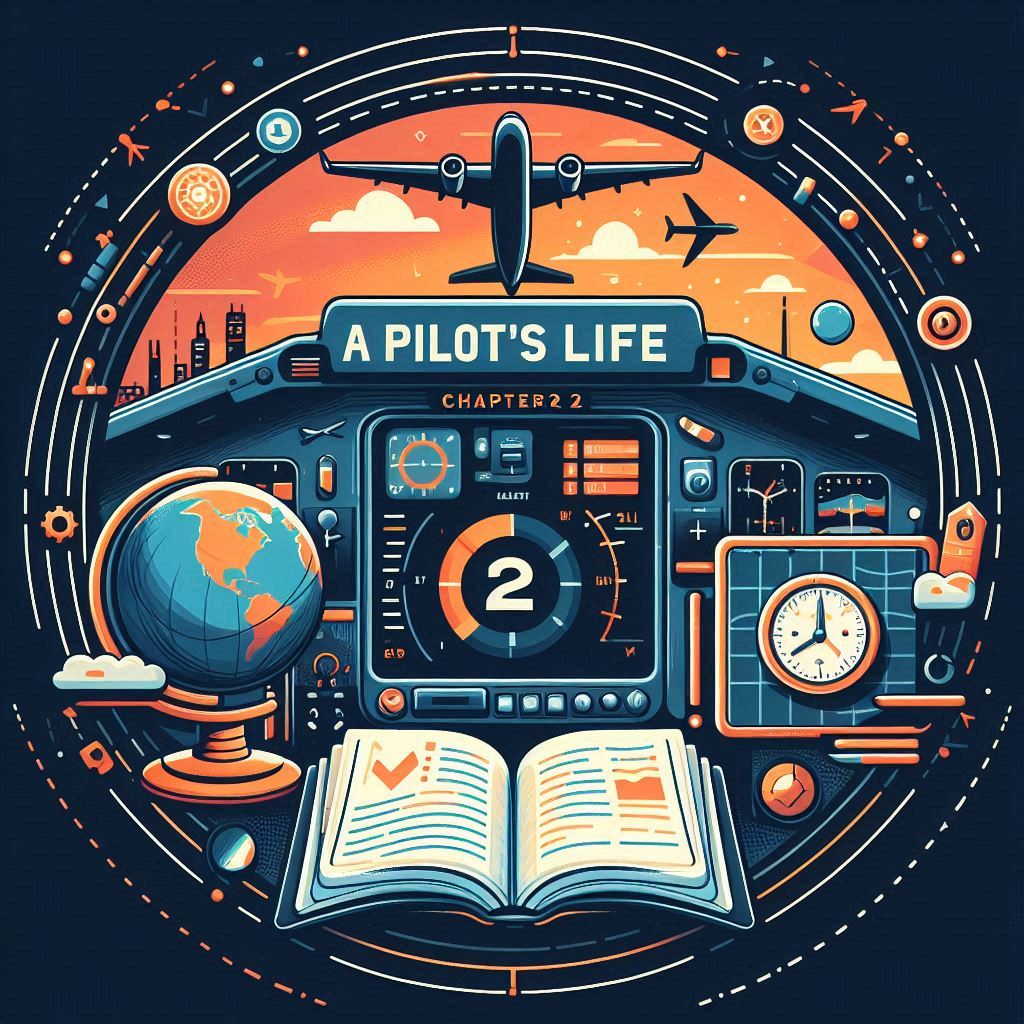Welcome Back, Captains!
Last summer, I reviewed several career-mode add-ons available for Microsoft Flight Simulator. Of those, A Pilot’s Life (Chapter 2) by Sim Bit World has recently become a personal favorite—and today, I’d like to pass along a few helpful tips for making the most of it.

If you’re unfamiliar with A Pilot’s Life (Chapter 2) (APL), I highly recommend visiting the Sim Bit World website to learn more and consider picking up a copy. APL is a thoughtfully developed career-mode add-on compatible with Microsoft Flight Simulator, Prepar3D, X-Plane, and FSX.
I’ve followed APL since the original version launched in 2019, even writing an early review and sharing some of my virtual adventures with it here and here. Chapter 2 builds impressively on the first iteration, implementing feedback and expanding the realism and depth.
Getting Started
APL simulates the experience of a newly minted commercial pilot climbing the career ladder. Rather than detail every function (the included manual covers that thoroughly), I’ll focus on practical advice to help you rise through the ranks efficiently and enjoyably.
When you start out, you’ll be a Jr. First Officer with 0 XP and $5,000. And while cash rules the real world, in APL, experience points (XP) are what truly matter. You’ll use your funds to purchase aircraft licenses, but I recommend holding off on buying multiple right away.
Early Strategy
Your first step will be signing a contract with an airline. Offers are randomized, so choose wisely. Ensure your assigned airline operates aircraft you actually want to fly—if you’re an Airbus fan, Southwest probably isn’t your best bet. Prioritize salary and aircraft compatibility, and then invest in just one license (e.g., A320 or B737). These cost $2,500, leaving you with the same amount in reserve.
You can either bank the leftover funds or spend them on the “Situational Awareness” training module, which boosts your XP earnings by 0.25% per flight. Since XP determines your progression and salary increases, investing in training early can pay off.
Flight Planning Tips
When generating your schedule, prioritize flights between 600–2,500 nautical miles—they earn a 100% XP bonus. Longer-haul flights over 2,500nm grant a 120% bonus. Shorter routes yield less XP, so plan accordingly if you want to accelerate promotions.
Review the XP Gain and Pilot Rating chart in the manual closely. It outlines exactly how to earn maximum XP per flight. Landing rates, on-time performance, and fuel management all factor in.
Earning and Investing
Pilots are paid weekly (on Mondays). Use these virtual earnings to purchase additional training modules that will compound your XP gains over time. Reaching 2,000 XP will promote you to First Officer and boost your pay. That milestone may sound distant, but with well-planned flights and strong performance, it’s entirely achievable in around 20 flights.
Airline Selection and Contracts
You may not land your dream airline right away—and that’s okay. Your first offers likely won’t come from 5-star carriers. Sign with whoever makes the offer and start building your record. There are over 600 airlines in the system, and more opportunities will come with rank.
Each airline contract includes three options:
- Worry-Free Contract – Fly as much or as little as you like with no penalties or bonuses.
- Hours-Based Contract – Fly at least 5 hours per week to earn a 10% salary bonus. Fail to meet it and you’ll be docked 10%.
- Flights-Based Contract – Complete at least 10 flights weekly to earn a 25% bonus. Miss it and suffer a similar penalty.
Choose based on your schedule and commitment level. There’s no wrong answer—just be realistic about your available time.
Final Thoughts
However you choose to use APL, enjoy the ride. I’ve flown for a variety of virtual airlines across the globe, and recently reset my progress to climb the ranks once more—from Sr. First Officer to Captain. This time, I’ve embraced contracts from airlines I might not have considered in the past, and it’s given the experience fresh energy.
Until next time…
Happy Flying!
—Jerry